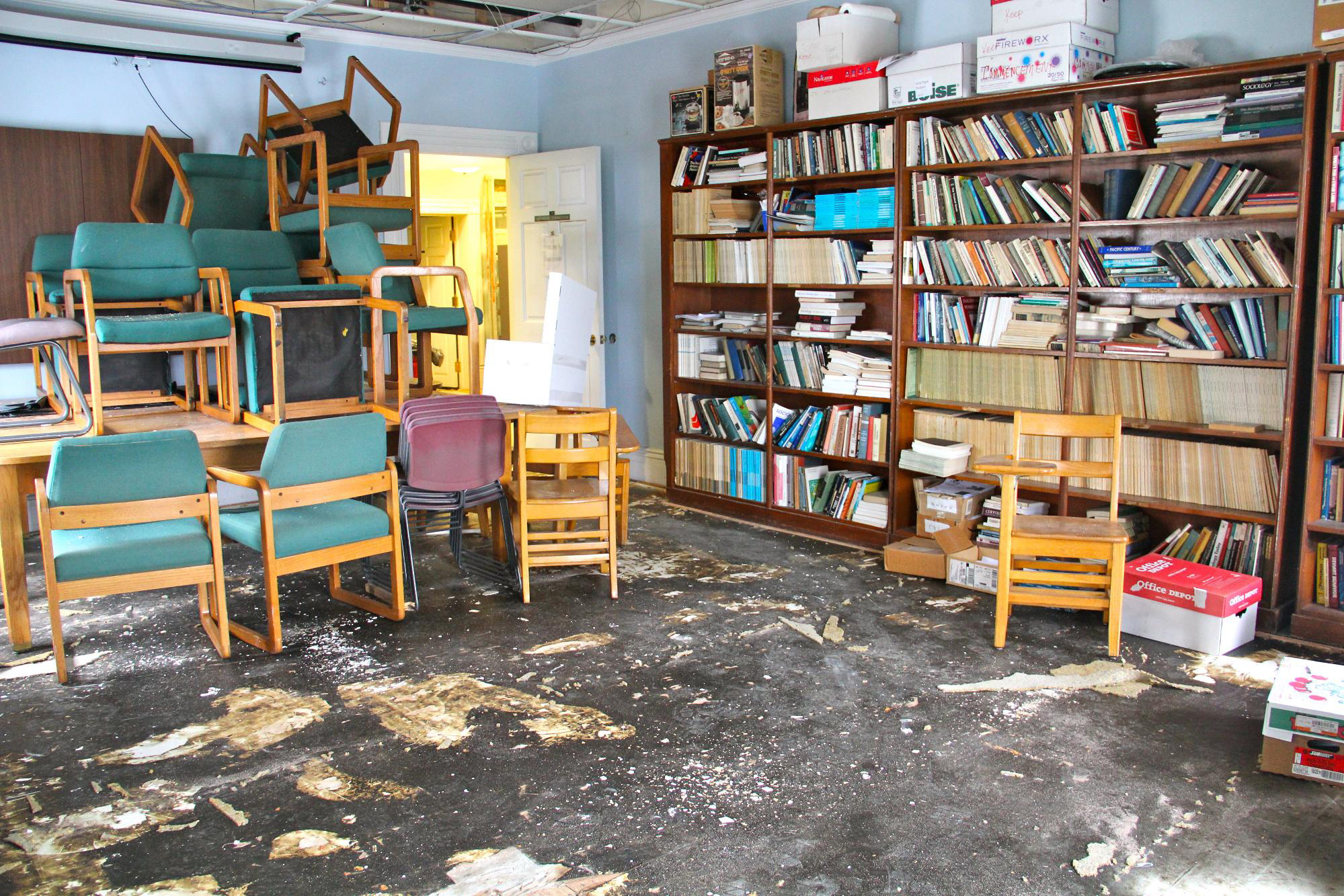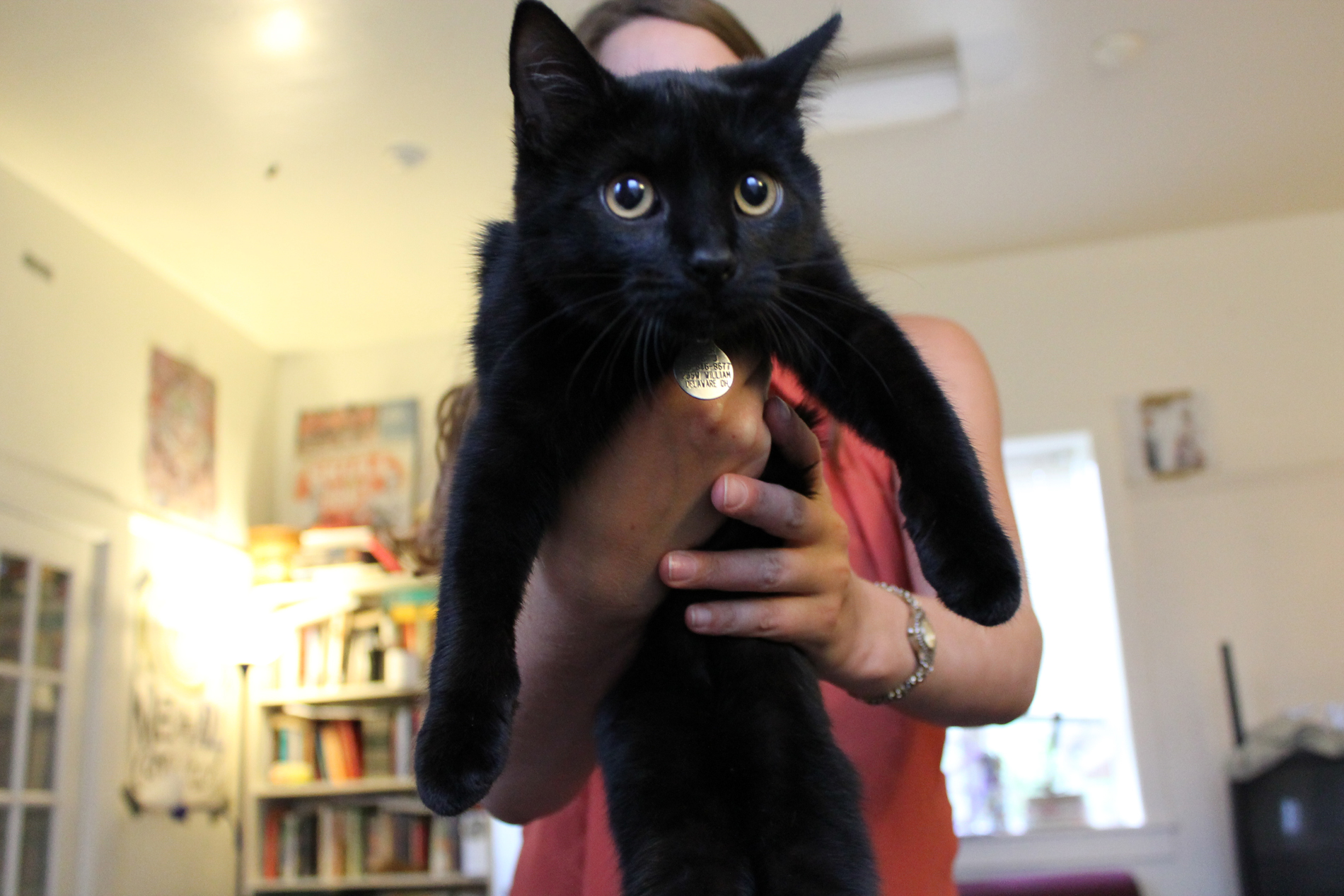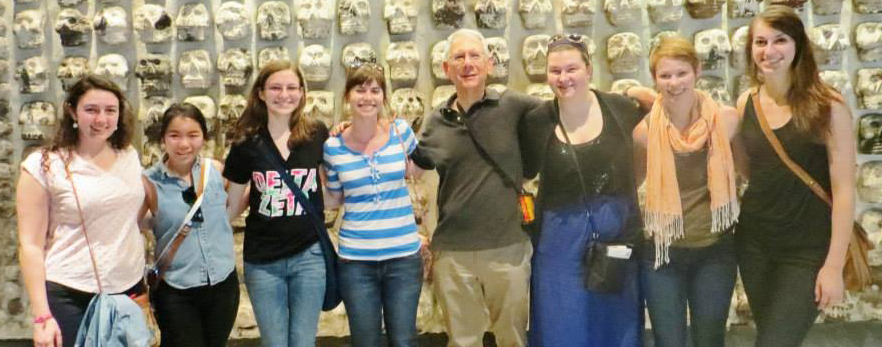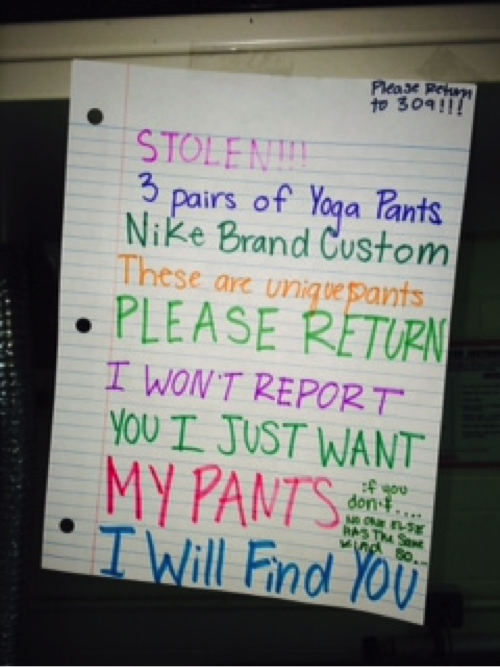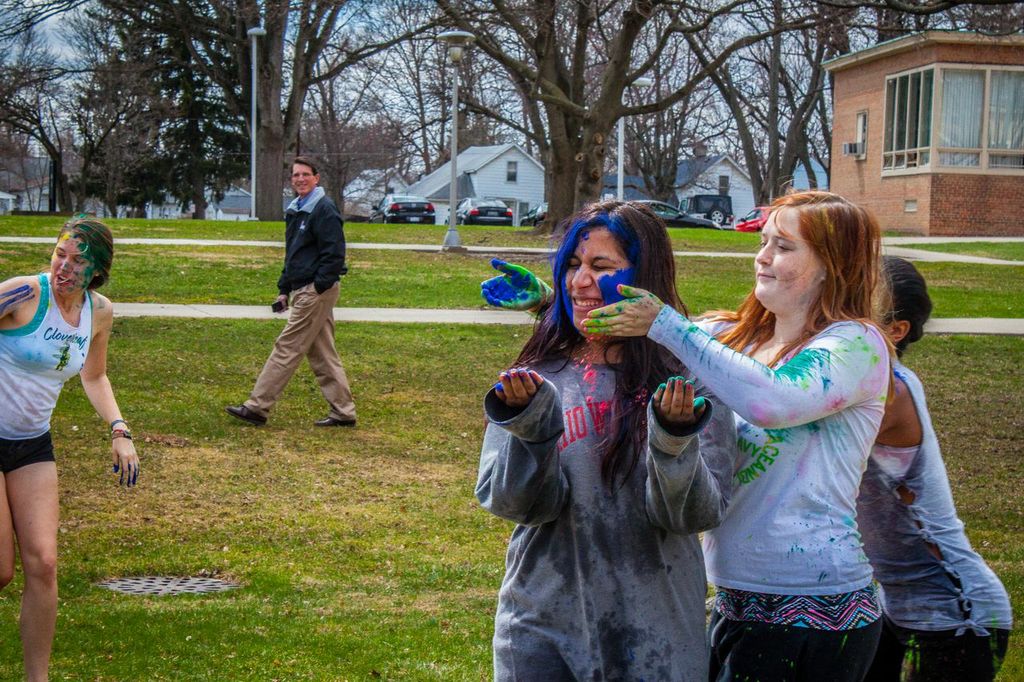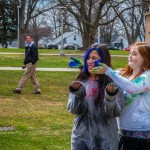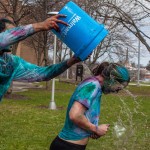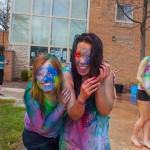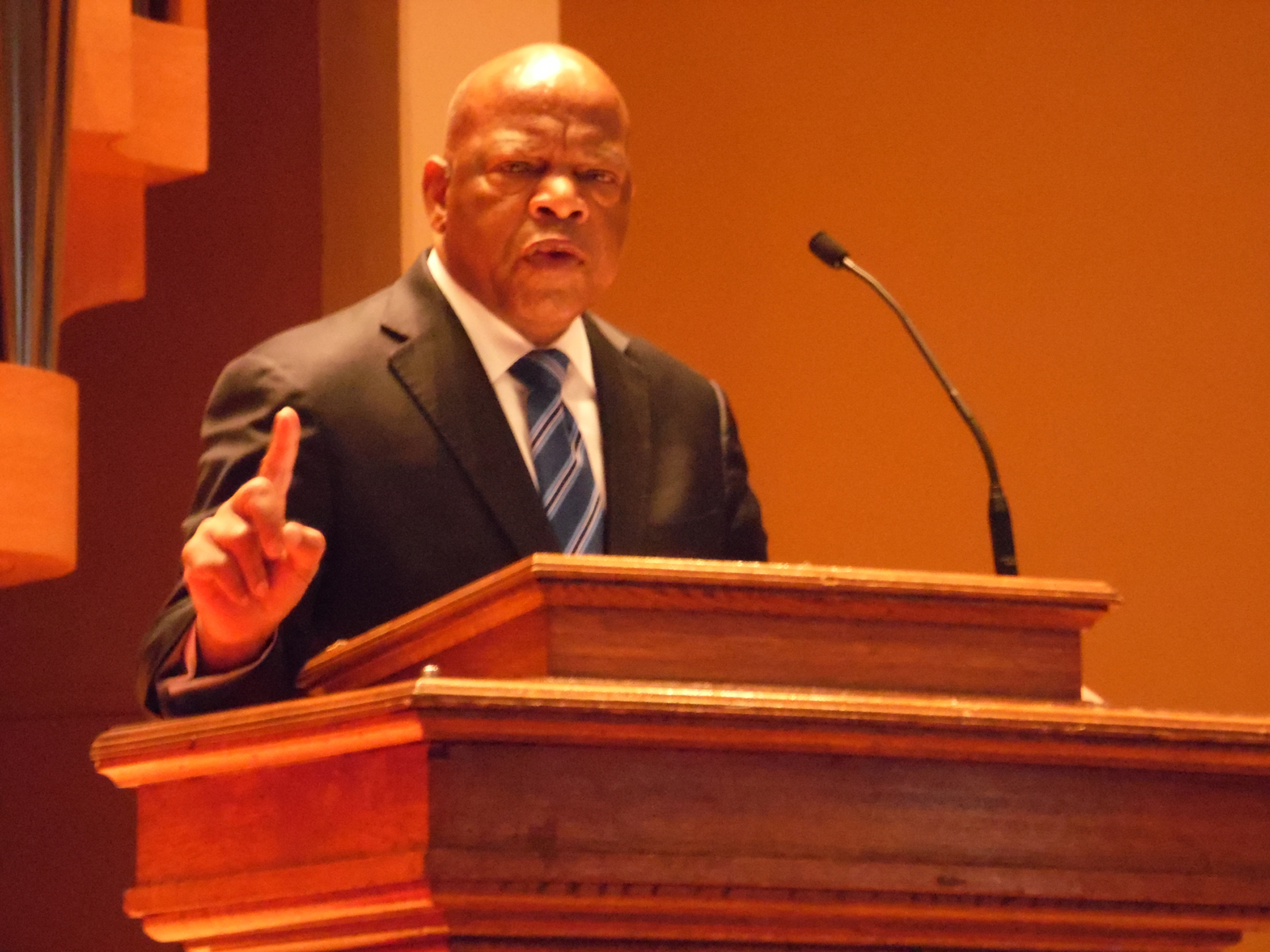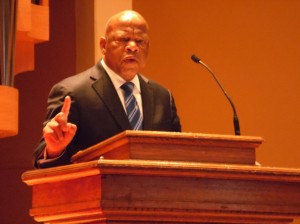
After four years, the smoking debate returns to campus
The debate on Ohio Wesleyan’s smoking policies has been relit by WCSA’a Smoking Initiative Committee. This week, the Committee held an open discussion on smoking policies and effects and sent out a survey to gauge students, faculty and staffs’ opinions on the issue.
Committee co-chairs junior Lauren Holler, president of WCSA and sophomore Hannah Henderson, residential representative of the student conduct committee, said the survey will ask questions involving students’ opinions on designated smoking areas on campus, where students smoke now and whether an all-out ban on smoking or tobacco products should be considered.
Henderson said there are two sets of goals for the Committee. The first set, called “stretch goals” involve making the campus completely smoke free.
“These are bold and probably impossible,” Henderson said.
The second set of goals, or “manageable goals” involve providing alternative products for smokers, such as nicotine patches or gum at the Student Health Center and designated outdoor areas for smoking.
Henderson said the goal is to have the policies, whatever they end up being, voted on during the 2014 spring semester, adopted during the 2014 fall semester and implemented by spring 2015.
Previous attempts went up in smoke
The WCSA began the discussion of a smoke-free campus in spring 2010. At the time, the Healthy Bishop Initiative was formed to help OWU provide a healthier environment and the WCSA adopted a goal to decrease the effects of second-hand smoke.
WCSA created an educational campaign about the need for smokers to stand a minimum of 20 feet away from buildings and moving cigarette receptacles to the appropriate distance. These policies were in accordance with the state law.
WCSA also created a compromise in which the residential side of campus would adhere to the mandatory distance away from buildings and public areas such as the JAYwalk and academic side would eventually transition to smoke-free zones by 2013.
“There was a push for that conversation to continue but that didn’t happen,” Holler said.
Holler said that WCSA does not know if there is a “right answer” for the issue but the Committee will hold open meetings every Wednesday.
“We’re allowed to debate. The purpose is to understand each other and find some common ground,” Holler said
Health Concerns
Sophomore Hannah Henderson, co-chair of the Smoking Initiative Committee, said she experienced the negative effects of smoking at a young age. When Henderson was a child, her father died of lung cancer caused by smoking and the effects of second hand smoke. She said her mother has struggled with a smoking addiction and it has affected her family.
“No one has to go through what I went through and lose a loved one to second-hand smoke,” she said.
Henderson presented statistics from the Centers for Disease Control and Prevention about the effects of secondhand smoke, including a 20-30 percent increase in heart disease and lung cancer risk for those who are exposed to secondhand smoke.
“If cigarette smoking was illegal the world would be a much better place,” Henderson said.
Gene Castelli, senior director of Chartwells, said the Committee’s decision will be supported by him and his employees, though several of them smoke.
“From a safety standard to a food standard, it should be eliminated,” Castelli said.
Sophomore Matt McCord said he understands the health implications behind the potential smoking ban because his family member had lung cancer.
However, he is concerned about the negative effect a ban could have on smokers.
“Smoking, for some, is a coping mechanism,” McCord said. “What would the withdraw effects be?”
Safety concerns
“I definitely agree with being far away from buildings,” sophomore Alyssa Jones said. “But am I going to need to walk to Spring St. to smoke?”
Jones said since most of the buildings on campus are in close proximity to one another, she fears for her safety at night and does not want to have to go too far in inclement weather.
“If there were smoking areas that were farther away that were covered, I would be willing to walk out of my dorm,” Jones said.
Another concern is the time Public Safety would have to spend enforcing the smoking policies. Jones said Public Safety has more important issues, especially on weekends.
“I’d rather PS focus on protecting us or doing things like breaking up fights,” Jones said.
Senior Kate Johnson, member of the Modern Foreign Language House, said she is concerned about the safety issues involved with students having to step far away from the campus to smoke at night.
“I wouldn’t be opposed to having lit designated places in open areas, they’ll be fewer safety issues,” Johnson said.
Henderson said a solution for this could be the creation of smoking cabins, or open, roofed structures that would be built at least 20 feet away from campus buildings.
Henderson said schools like OSU have already adopted the idea of smoking cabins and they could be a good compromise for students here.
Potential problems of a ban
Junior Jackie Cole said although smokers will want to cooperate, an all-out ban on smoking won’t work and cause smokers to feel like their rights are being violated.
“I just recently became an actual smoker, and completely making it smoke free might make it a little more tense,” Cole said.
Cole also said she was recently at the University of Central Florida, where smoking is banned. She said the policies there are nearly impossible to follow and caused more problems than solutions for smokers.
“I feel like people couldn’t follow it here,” Cole said.
Junior Liz Dickson, member of WoHo, said an all-out ban on smoking would disrupt social activities on campus.
“We bond over smoking hookah, I would kind of be concerned that we wouldn’t be allowed to do that,” Dickson said.
Dickson also said that the ban, if enforced, should not be a 24 hour ban and should at least allow smokers to smoke where they want outside at night when there are less people around them.
